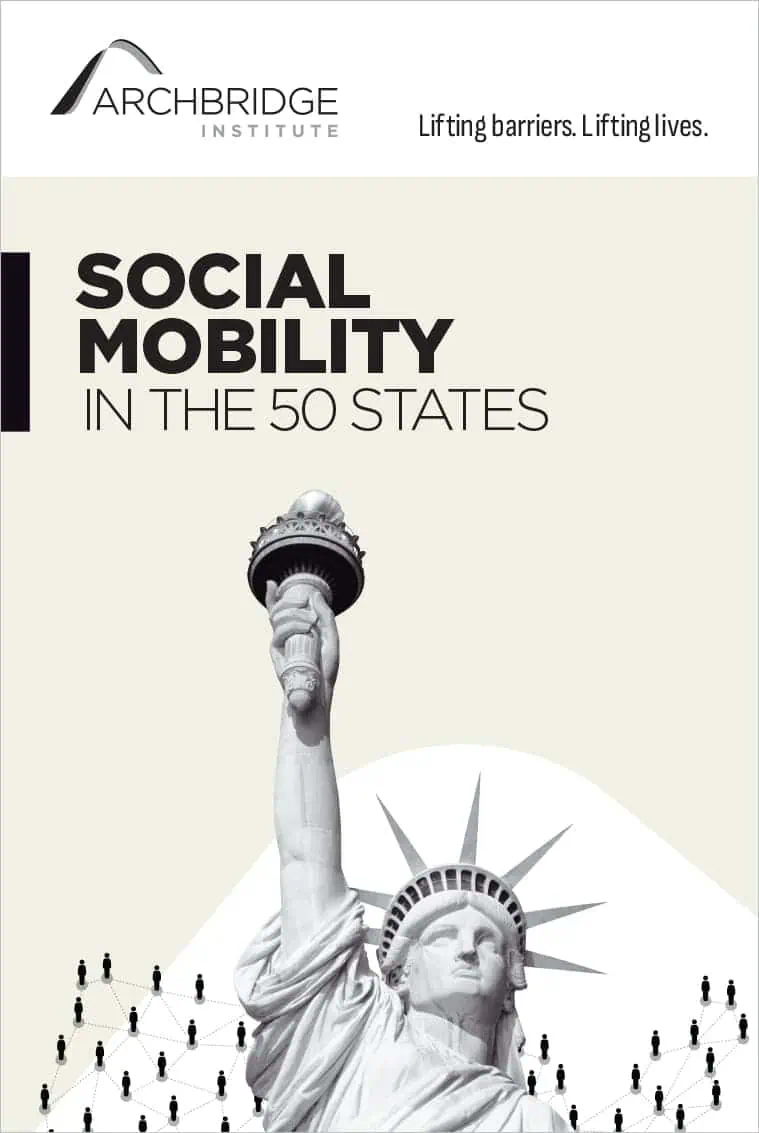
Key Findings
- A key structural issue affecting inequality and social mobility is the skills gap. Skills are multiple in nature and can be shaped by families and other influences, not only schools.
- Families are the primary producers of skills and policy makers should institute policies aiming to support families in engaging and nurturing their children. Additionally, more informed and motivated parents foster better schools by sending children to them who are qualified, motivated to learn, and who have already been taught basic skills.
- This paper distinguishes between skills and education, highlighting the potential for high-quality, early childhood education programs to bridge the skills gap.
- Although this was not always true, the current gaps associated with race and ethnicity are largely skills-based.
James Heckman, PhD, is a senior fellow at the Archbridge Institute and a Nobel laureate in economics (2000). He has appointments in the Department of Economics, Harris School of Public Policy, and the Law School at The University of Chicago. He is also the founder and director of the Center for the Economics of Human Development.





